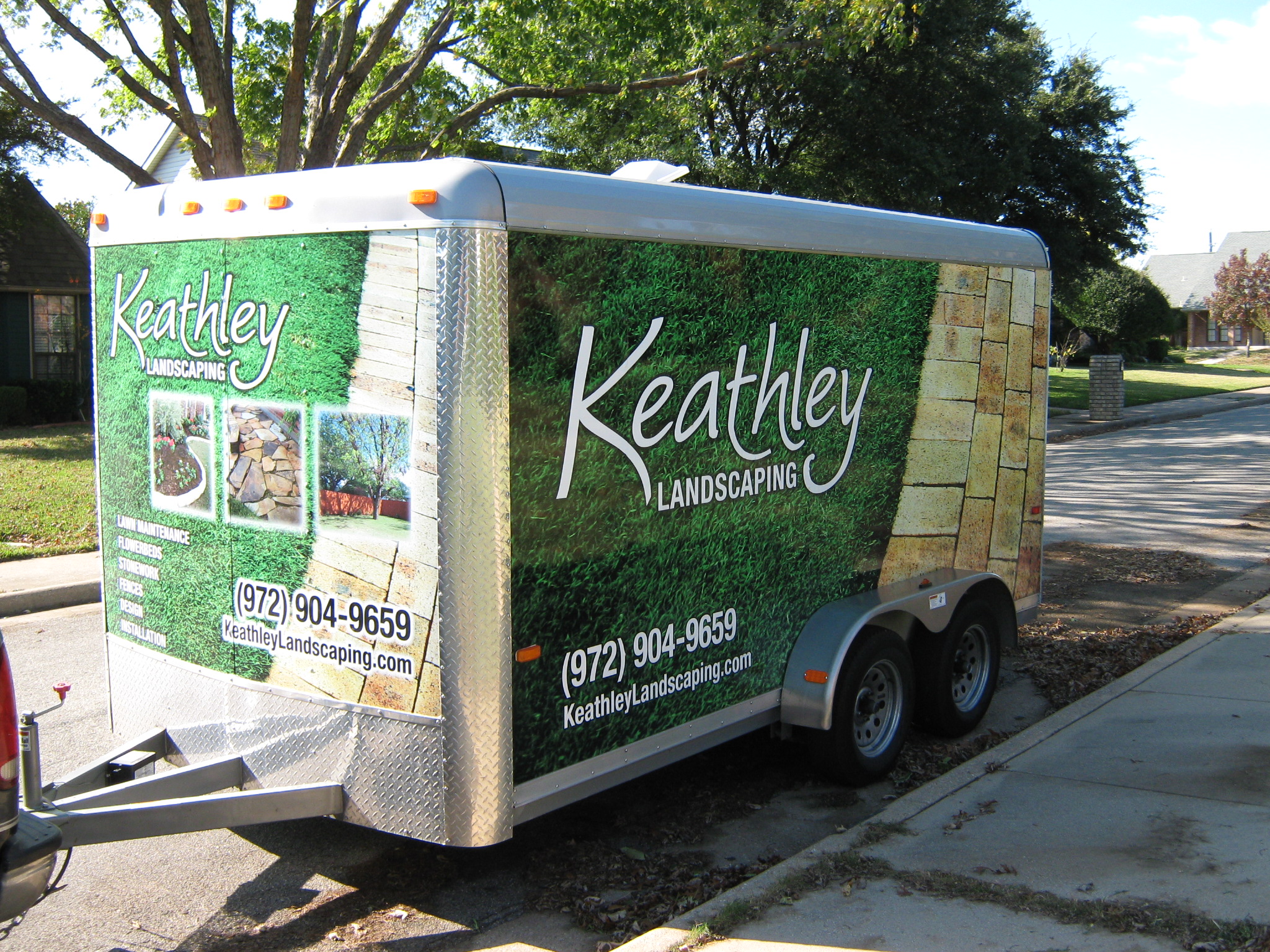Sod Installation: Innovative Techniques for Water Conservation
Welcome to our insightful guide on sod installation with a focus on water conservation. As environmental concerns grow, finding sustainable solutions for maintaining lush green lawns is essential. In this blog post, we’ll explore innovative techniques to help you achieve a beautiful lawn while being mindful of water usage. Let’s dive in! 🌿💧
Table of Contents
1. Introduction
2. Understanding Sod Installation
3. Innovative Techniques for Water Conservation
a. Soil Preparation
b. Choosing the Right Type of Sod
c. Efficient Watering Techniques
d. Utilizing Smart Irrigation Systems
4. Conclusion
5. FAQ
Introduction
Water conservation is becoming increasingly critical, especially when it comes to maintaining our gardens and lawns. Traditional sod installation methods often require substantial amounts of water, but with a few innovative techniques, you can significantly reduce water usage without sacrificing the beauty of your lawn.
Understanding Sod Installation
Sod installation involves laying pre-grown grass over prepared soil. It’s a quick way to achieve a green lawn, but it requires careful planning and execution to ensure it thrives with minimal water use. Let’s explore some techniques that promote water conservation during this process.
Innovative Techniques for Water Conservation
Soil Preparation
Proper soil preparation is the foundation of any successful sod installation. Start by testing the soil’s pH levels and nutrient content. Amend the soil with organic matter, such as compost, to improve its water retention capabilities. Well-prepared soil not only supports healthy root growth but also reduces the need for excessive watering. 🌱
Choosing the Right Type of Sod
Not all sods are created equal when it comes to water needs. Opt for drought-resistant varieties like Bermuda grass, Buffalo grass, or Zoysia grass. These types of sod are specifically bred to thrive in dry conditions, requiring less water to maintain their lush appearance. By choosing the right sod, you can enjoy a green lawn even during water restrictions.
Efficient Watering Techniques
Efficient watering is a key component of water conservation in sod installation. Water early in the morning or late in the evening to minimize evaporation. Use a soaker hose or drip irrigation system to deliver water directly to the roots, ensuring it penetrates deeply into the soil. This method not only conserves water but also encourages deep root growth, making your lawn more drought-resistant. 💧
Utilizing Smart Irrigation Systems
Smart irrigation systems are a game-changer for conserving water. These systems use weather data and soil moisture sensors to adjust watering schedules automatically. They ensure your lawn gets just the right amount of water, avoiding over-watering and saving precious resources. Investing in a smart irrigation system can lead to significant water savings and a healthier lawn.
Conclusion
By adopting these innovative techniques for sod installation, you can enjoy a vibrant, green lawn while actively contributing to water conservation efforts. From soil preparation to smart irrigation systems, each step plays a crucial role in reducing water usage without compromising the beauty of your outdoor space. Let’s make mindful choices and embrace sustainable practices for a greener tomorrow! 🌍
FAQ
Q: What types of sod are best for drought conditions?
A: Drought-resistant sod types like Bermuda grass, Buffalo grass, and Zoysia grass are excellent choices for dry conditions.
Q: How often should I water my newly installed sod?
A: Initially, water your sod daily in the early morning or late evening. Gradually reduce the frequency as the roots establish.
Q: Are smart irrigation systems worth the investment?
A: Yes, they adjust watering schedules based on real-time weather data and soil conditions, leading to significant water savings and optimal lawn health.
Q: Can I install sod myself, or should I hire a professional?
A: While DIY installation is possible, hiring a professional ensures proper preparation and installation, maximizing the chances of a successful, water-efficient lawn.
Thanks for reading! If you have more questions or tips, feel free to share in the comments below. Let’s keep the conversation growing! 🌱😊






































Recent Comments